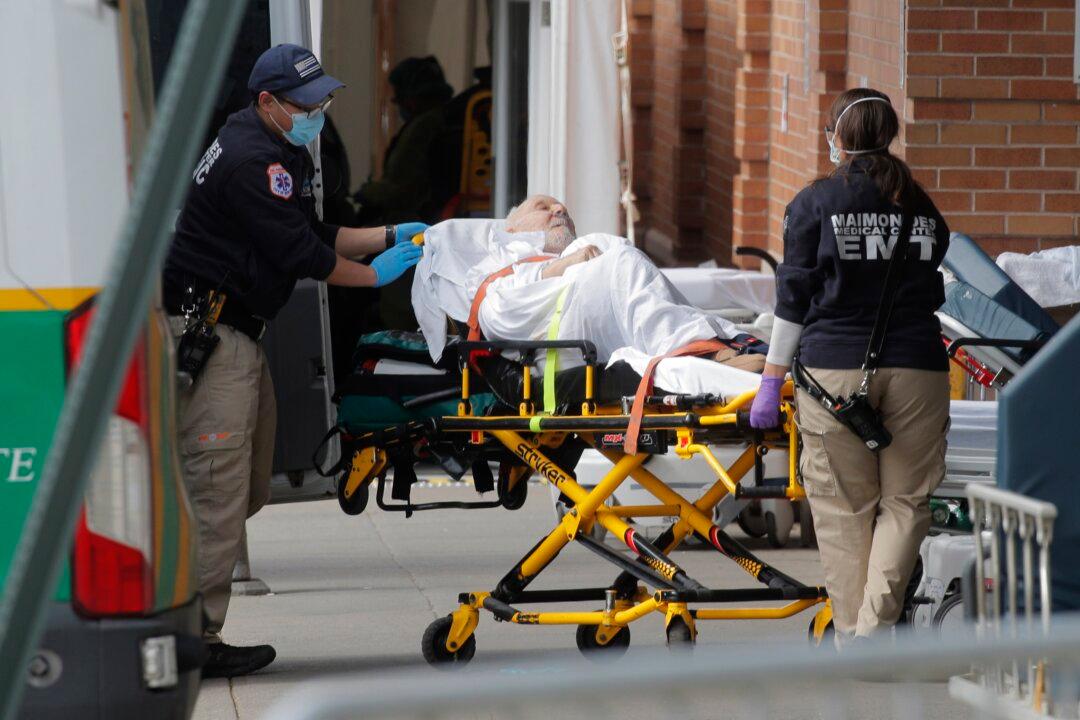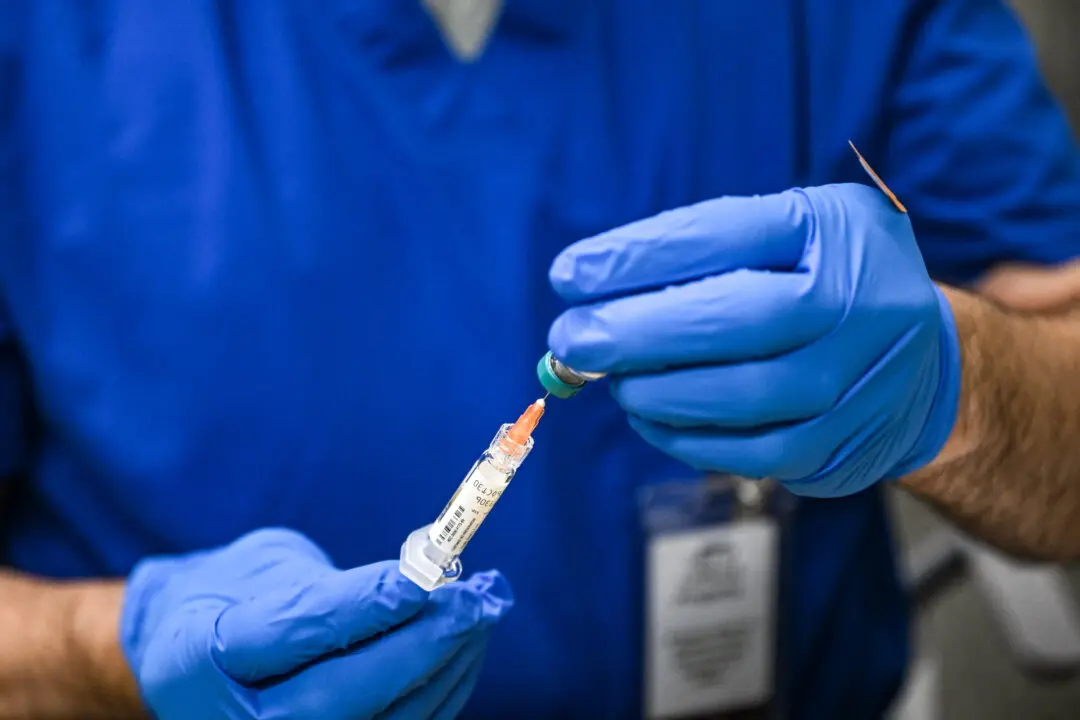COVID-19 patients who die in the United States are automatically counted as being killed by the new disease, federal officials confirmed. Federal guidance also shows that even patients who aren’t confirmed to have the new disease are counted among the COVID casualties.
COVID-19 is a disease caused by the CCP (Chinese Communist Party) virus, commonly known as novel coronavirus. Fears over the new illness have led to near-nationwide lockdowns, crippling the U.S. economy and keeping Americans largely at home.





